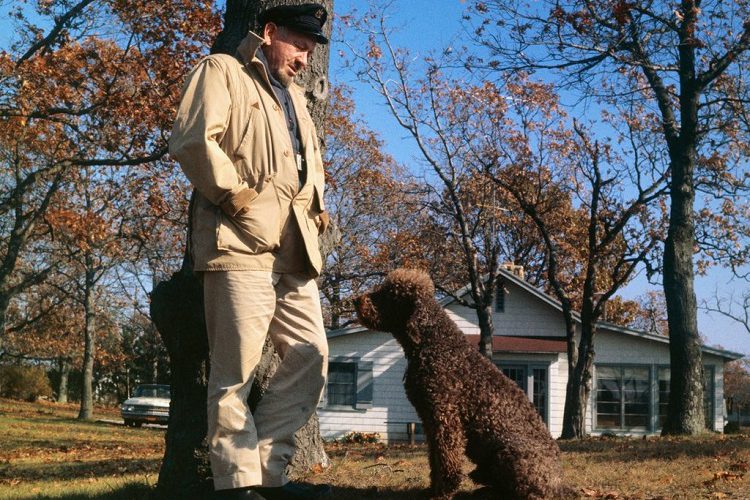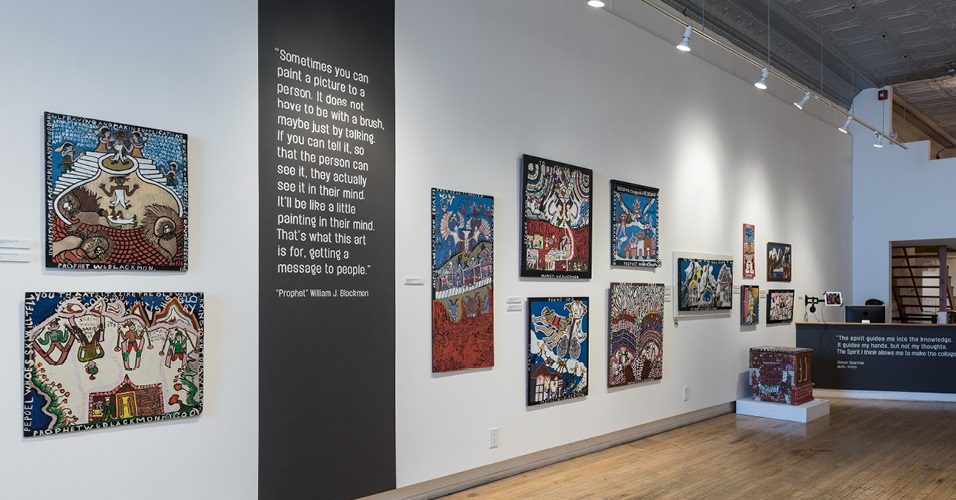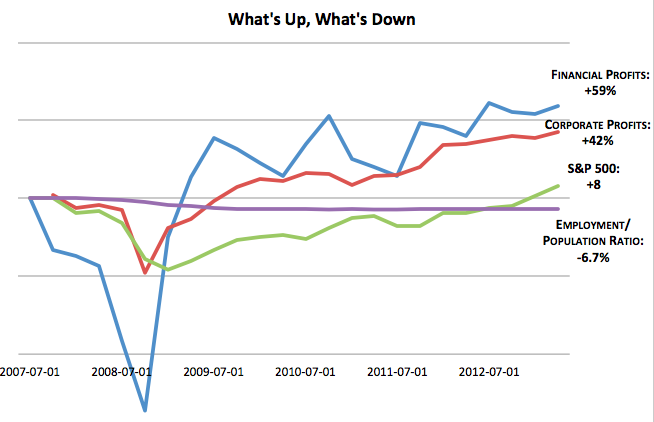Sviatoslav Richter: The Man Who Never Rested Upon His Laurels

It is 20 years this month since Sviatoslav Richter (1915-1997), the greatest pianist of XX century, died, aged 82.
“It was in Carnegie Hall and Sviatoslav Richter was playing the piano. The floor rumbled and the walls shook. I experienced the supernatural force of his play, which, I thought, actually had an unearthly source. I understood he could make the earth move.” (Steve Wigler, the American correspondent for International Piano magazine)
Richter possessed a technique that conquered almost every obstacle, a sound that commanded the colours of the rainbow and an intellect and imagination that permitted an authoritative grasp of possibly the largest repertoire in pianistic history. Yet unlike his great Russian colleague and almost exact contemporary, Emil Gilels, Richter never set out to become a pianist. He didn’t attend a conservatory as a youngster, but received enough training from his father, a pianist and organist, to become able to teach himself. And his remarkable sight reading skills permitted him to play operatic scores he had never seen before. But by 1937, his hopes of becoming a conductor had been dashed for political reasons. On the suggestion of a friend, he left for Moscow to see if Heinrich Neuhaus, the teacher of Emil Gilels and several other famed pianists, would accept him as a student. Neuhaus reluctantly agreed to hear him, though the young man had no formal training and at 22 a career as a pianist seemed out of the question. Nevertheless, what Neuhaus heard astonished him and he took Richter on as a pupil at the Moscow Conservatory.
Richter “treated each composition like a vast landscape,” Neuhaus recalled, “which he surveyed from great height with the vision of an eagle, taking in the whole and all the details at the same time. He played like no one I had ever heard, and there was nothing I could teach him.”
Over the next 20 years, Richter acquired a reputation as a pianist who — in Russia, at least — was rivaled only by Gilels.
He began travelling to the West in 1960. From the beginning, Richter was a sensation. Word of his prowess had been spread by several remarkable, if primitive-sounding, records. When five recitals, each with a completely different program, were announced for Carnegie Hall during 11 days in late October, they sold out in a few hours.
Richter’s first Carnegie program (October 1960) featured five Beethoven sonatas. The first four sonatas were infrequently performed, yet Richter made the audience listen with bated breath. Not only was he able to make unfamiliar pieces sound like masterworks, he could make overplayed music sound completely new. The concert concluded with a performance of the “Appassionata” that transformed the familiar favourite into a terrifying utterance. No one who was in the hall that evening would ever forget the way the finale’s coda sounded. The pianist had turned a concert into Judgment Day.
“That performance, as well as the studio version Richter recorded shortly thereafter, raised the bar for all of us,” pianist Malcolm Frager said in 1979. “No one was able to play the ‘Appassionata’ in public without worrying that the audience might have the sound of Richter’s performance in their ears.”
Richter’s interpretations of music beggared description.
He was admired as the man as well as the musician. He never rested upon his laurels, and his repertoire, instead of contracting, continued to expand as he grew older.
Richter also taught about limitations — that admiration, for example, needs not to become idolatry.
































